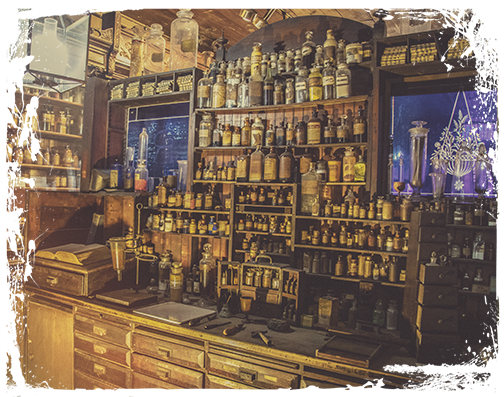“Only a pig would read shit on the ceiling.” That was the hand-painted message which greeted police from the plaster roof of a shabby New Orleans apartment on January 7, 1973. Similarly, unnerving messages were scrawled on the walls, murderous phrases like “My death lies in the bloody death of racist pigs” and “Kill pig Nixon and all his running dogs.”
Earlier that day, loud bangs had been reported on Loyola Avenue in the heart of the city’s business district. Police were immediately dispatched to the 300th block of the busy area.
They were ambushed by sniper gunfire, the beginning of a deadly day-long siege on the city perpetrated by a single man.
Mark Essex, AWOL military man and resident of the apartment covered in hateful messages, had broken into the New Orleans' Howard Johnson hotel and murdered a manager, assistant manager, and two newlyweds en route to the roof. There, he and a sniper rifle waited eagerly for law enforcement to arrive. On that day, he was a man very much ready to wage war.
For years Essex had quietly seethed over racist abuse he suffered in the Navy, going so far as to desert his post over the harsh words and physical harassment inflicted upon him by white officers and recruits. After being court marshaled and discharged dishonorably for his desertion, Essex drifted from city to city while pursuing a relationship with The Black Panthers. (He did not ultimately manage to join the Panthers, but read their propaganda voraciously.) He studied radical Muslim theology and the guerrilla warfare tactics of revolutionaries in other countries, looking for ways to fight back against the white oppression he saw being inflicted upon his African American community. Essex finally landed in New Orleans in 1972, a black man in the deepest South bearing witness to additional acts of racism on a near-daily basis.
It was November 1972 when Essex was finally triggered into action by the racially-charged police killing of two African American students in Baton Rouge. (They were gunned down by law enforcement during a protest.) Essex decided he would even the score by hunting white police officers specifically.
His destructive plan had already been partially executed before he hit HoJo’s—Essex walked into the downtown N.O. Police Department on New Year's Eve and shot two officers, killing them before fleeing the premises. He went into hiding for one week, emerging on January 7th to gun down a grocery store owner he believed had given information to the police before carjacking his way over to the hotel.
From his perfect and well-protected vantage point, Essex targeted cops, firemen, and white civilians as first responders worked to empty the building and neighboring structures. Newspapers reported that nearly 100 officers eventually made it to the scene, but none could get a clear shot of the loner sniper on the roof. Law enforcement was also unclear as to whether there was one gunman or many—Essex did a masterful job of setting fires and utilizing firecrackers within the hotel to create the illusion multiple shooters were inside the building.
It took a military helicopter on loan from Belle Chasse, Louisiana, and many hours of exchanged fire to draw Essex out of his concrete hidey-hole. When he finally slipped into the line of fire, dozens of police snipers discharged their weapons at once while the soldiers in the chopper rained bullets upon him.
Essex was ultimately shot around 200 times, but not before he killed 9 people and wounded 13.
Records show that before his murder spree Essex had been, by all accounts, a model citizen. A Kansas native, friends and family remembered him as congenial and well-liked. He attended church, sang in the choir, and got good grades. He stayed out of trouble with the law and graduated a dental technician training program with honors before enlisting in the military. Adjudicators involved in his Navy court marshaling even confirmed that there was evidence Essex had been targeted and abused while in the Navy, a detail which suggests it took the United States Military to turn a good man into a wrathful criminal.
Tragically, Essex’s killings may have been preventable. In the days after Christmas 1972, the escalating Mark, who had adopted the name Mata, penned a note to a local TV station describing his exact plan in detail:
“Africa greets you. On Dec. 31, 1972, aprx. 11 pm, the downtown New Orleans Police Department will be attacked. Reason — many, but the death of two innocent brothers will be avenged. And many others. P.S.Tell pig Giarrusso the felony action squad ain’t shit. - MATA”
(That last line was a casual ‘fuck you’ to then Chief of Police Joseph I. Giarrusso.)
Sadly, the letter wasn’t opened at the TV station until days after the first killing at the police department, too late to save the lives of those killed on New Year's Eve or January 7.
Mark Essex’s killing spree isn’t even close to New Orleans’ bloodiest day of mass murder. (That one is an even more haunting story we’ll leave for another time.) But it is one of the more haunting days in our city’s more recent history, one which many locals still remember as the number of mass shootings in America continues to rise.












